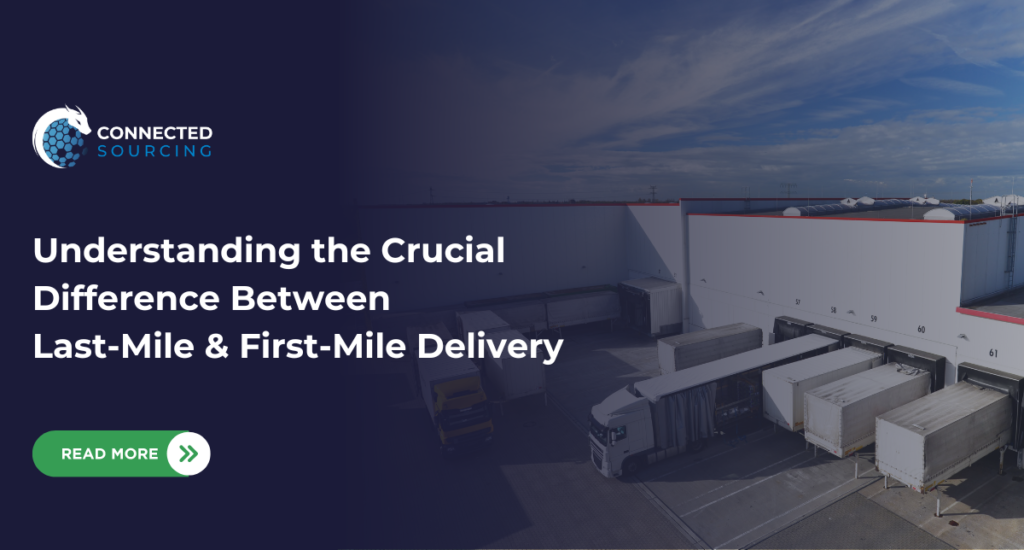
In the world of logistics and supply chain management, the terms “last mile delivery” and “first mile delivery” are frequently used to describe different stages of the delivery process. While they might sound similar, they serve distinct purposes and play crucial roles in ensuring the efficient movement of goods from the point of origin to the end consumer. Let’s explore the differences between last mile delivery and first mile delivery.
First Mile Delivery
First mile delivery, also known as outbound logistics or initial transportation, refers to the first leg of the supply chain journey. This stage involves moving goods or products from the point of origin, such as a manufacturing facility, warehouse, or distribution center, to the transportation network. The primary objective of first mile delivery is to ensure that goods are efficiently collected and dispatched to the next stage of the supply chain.
During the first mile, logistics companies focus on tasks like order processing, inventory management, and preparing shipments for transportation. It is essential to optimize this stage to minimize delays and streamline the movement of goods into the transportation network for the subsequent phases.
Last Mile Delivery
Last mile delivery, also known as inbound logistics or final mile delivery, represents the final leg of the supply chain journey. This stage involves the movement of goods from the transportation network, such as a distribution hub, to the end consumer’s doorstep. Last mile delivery is a critical phase as it directly impacts customer satisfaction and overall experience.
This stage is often characterized by the challenges of delivering goods to individual customers in various locations, often within urban areas where traffic congestion and tight delivery windows are common. Last mile delivery companies focus on efficient routing, real-time tracking, and optimizing delivery routes to ensure timely and accurate deliveries, ultimately enhancing customer satisfaction.
Key Differences
The primary difference between last mile and first mile delivery lies in their respective directions in the supply chain. First mile delivery deals with moving goods from the point of origin to the transportation network, while last mile delivery involves transporting goods from the transportation network to the end consumer.
Another crucial distinction is the nature of the deliveries. First mile delivery usually involves bulk shipments or palletized goods, which are sent in large quantities to the transportation hub. In contrast, last mile delivery focuses on individual deliveries to consumers, with packages varying in size and quantity.
In conclusion, understanding the differences between last mile and first mile delivery is essential for businesses looking to optimize their supply chain operations. Efficient first mile delivery ensures a smooth transition of goods into the transportation network, while effective last mile delivery is vital for meeting customer expectations and building brand loyalty. By recognizing the unique roles of each stage, businesses can make informed decisions to enhance their overall delivery process and provide exceptional customer experiences.





















